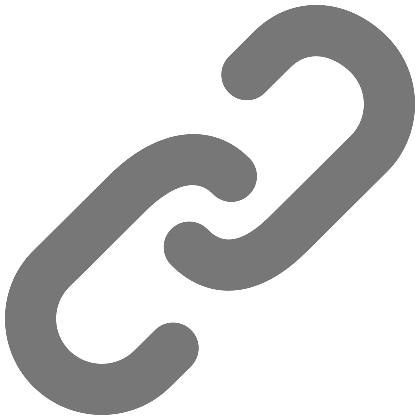Ground Motions for PEER Transportation Research Program
The following files document selected ground motions for use in the PEER transportation systems research program.
Documentation
 |
Baker, J. W., Lin, T., Shahi, S. K., and Jayaram, N. (2011). New Ground Motion Selection Procedures and Selected Motions for the PEER Transportation Research Program. PEER Technical Report 2011/03. 106p. |
Set #1a: Broad-band ground motions (M = 7, R = 10 km, soil site)
See the report above for background regarding the selection of these ground motions.
 |
Spreadsheet documenting selected ground motions. Worksheets are provided to list a summary of the selected ground motions' metadata, their response spectra, and comparisons of the ground motion set's mean, standard deviation to comparable values predicted by ground motion models. |
 |
Zip file containing acceleration time histories for the 40 selected ground motions. Fault-normal, fault-parallel and vertical components are included. (File size = 7 MB) |
Set #1b: Broad-band ground motions (M = 6, R = 25 km, soil site)
See the report above for background regarding the selection of these ground motions.
 |
Spreadsheet documenting selected ground motions. Worksheets are provided to list a summary of the selected ground motions' metadata, their response spectra, and comparisons of the ground motion set's mean, standard deviation to comparable values predicted by ground motion models. |
 |
Zip file containing acceleration time histories for the 40 selected ground motions. Fault-normal, fault-parallel and vertical components are included. (File size = 7 MB) |
Set #2: Broad-band ground motions (M = 7, R = 10 km, rock site)
See the report above for background regarding the selection of these ground motions.
 |
Spreadsheet documenting selected ground motions. Worksheets are provided to list a summary of the selected ground motions' metadata, their response spectra, and comparisons of the ground motion set's mean, standard deviation to comparable values predicted by ground motion models. |
 |
Zip file containing acceleration time histories for the 40 selected ground motions. Fault-normal, fault-parallel and vertical components are included. (File size = 5 MB) |
Set #3: Pulse-like ground motions
See the report above for background regarding the selection of these ground motions. Further information on the technique used to identify these ground motions is available here.
Set #4: Site-specific ground motions for Oakland
This set of ground motions consists of ground motions selected to match the uniform hazard spectrum and associated causal events for a site in Oakland, California. Forty ground motions are provided to represent the ground motion hazard at each of three hazard levels (2%, 10% and 50% probabilities of exceedance in 50 years).
Acknowledgments
Thanks to the PEER Transportation Research Program for supporting this work, and to members of the program for their insightful feedback and recommendations regarding criteria for selecting these ground motions.